





 |
 |
 |
 |
 |
 |
| iNaturalist | profile | all galleries >> Dragonflies >> About Odonate Photography | tree view | thumbnails | slideshow |
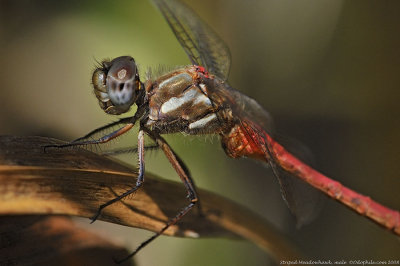 original jpeg, resampled |
 detail 1 |
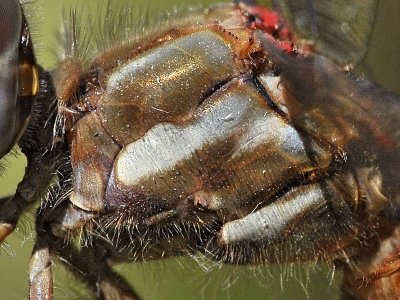 detail 2 |
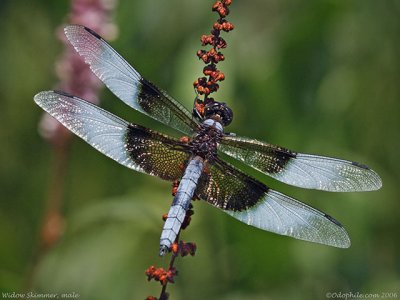 Prosaic pose, problem background |
 too much subject |
 Widow Skimmer |
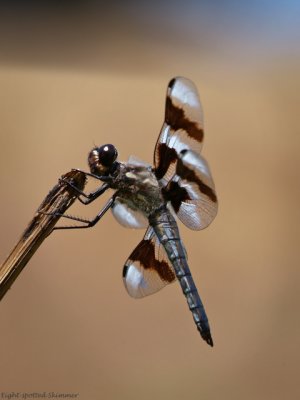 out of focus background |
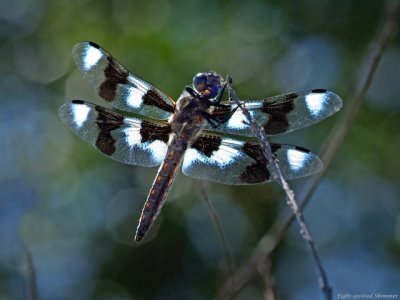 better angles |
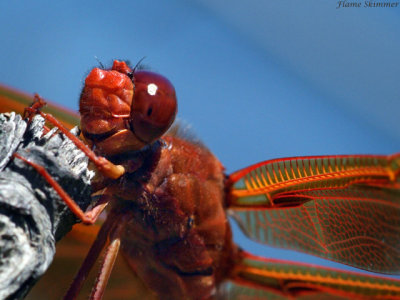 getting close |
| comment | share |